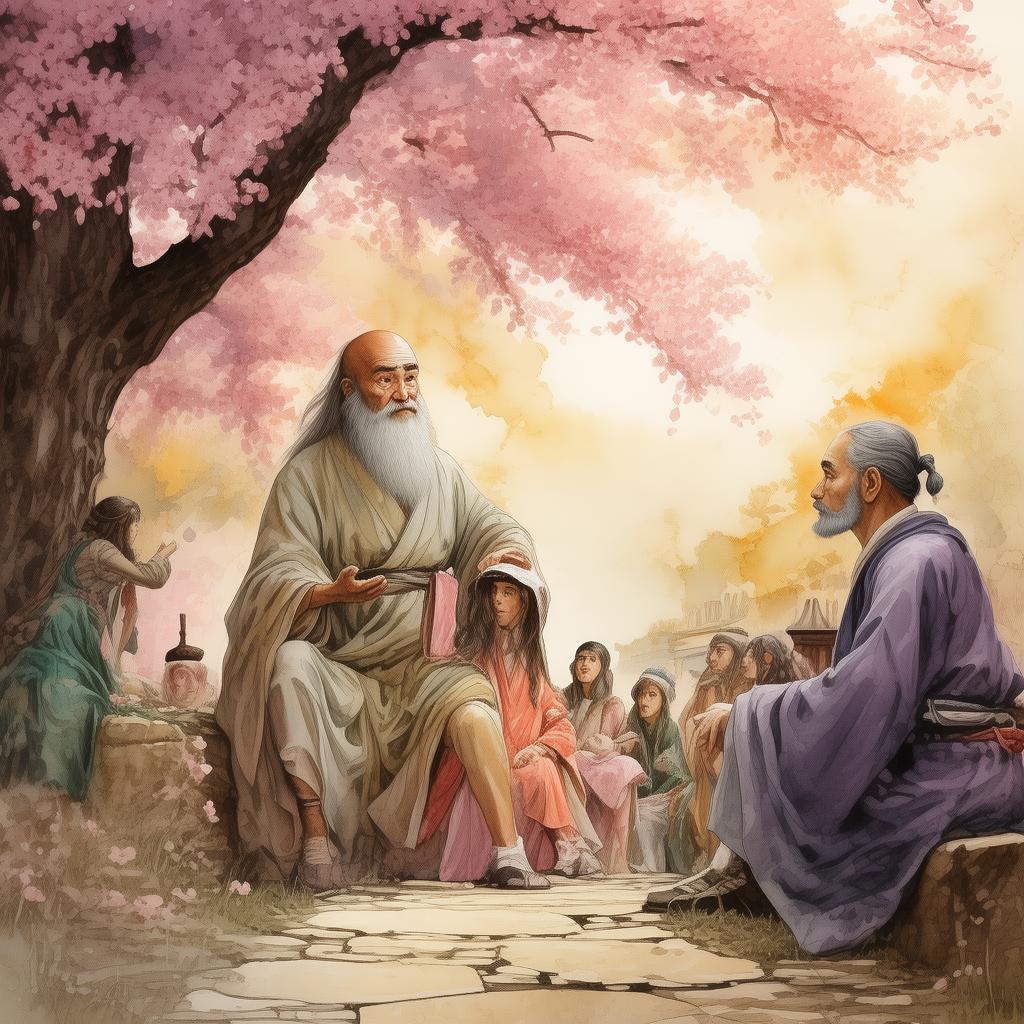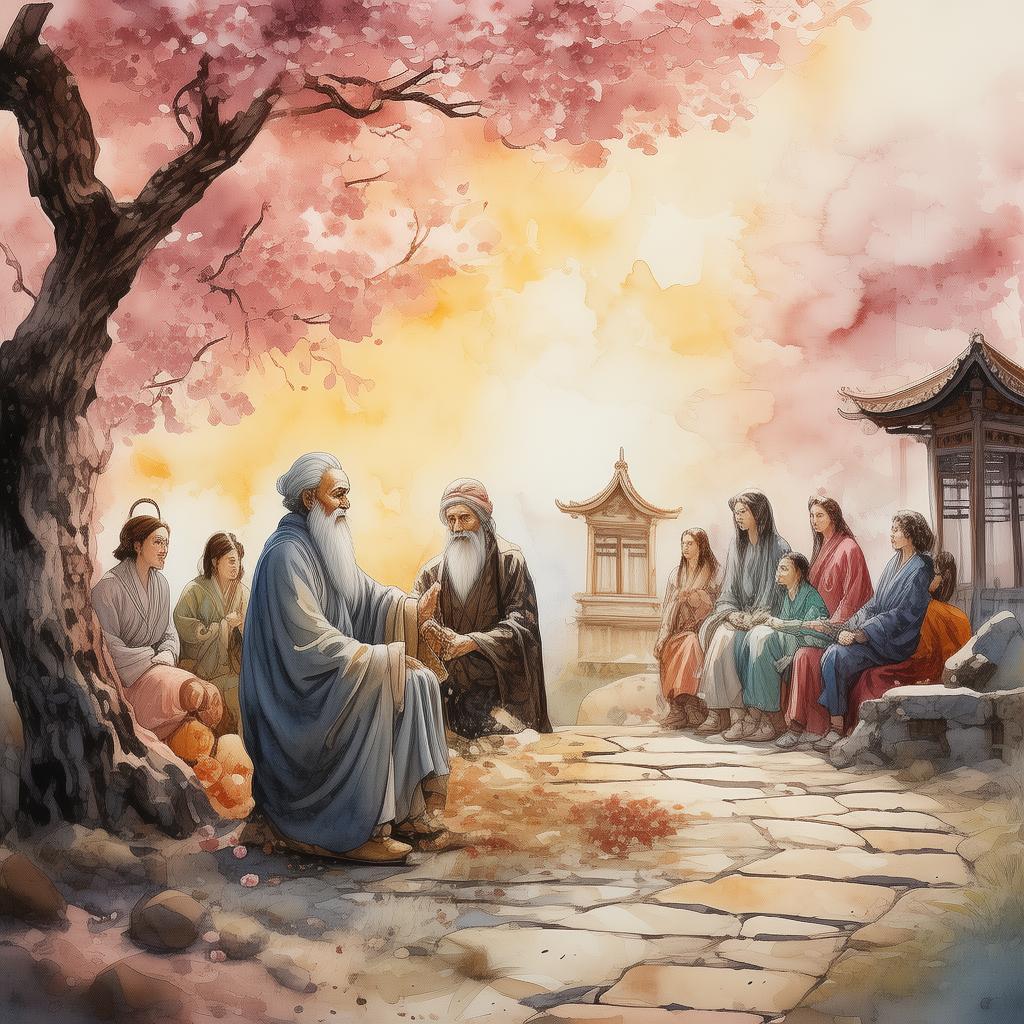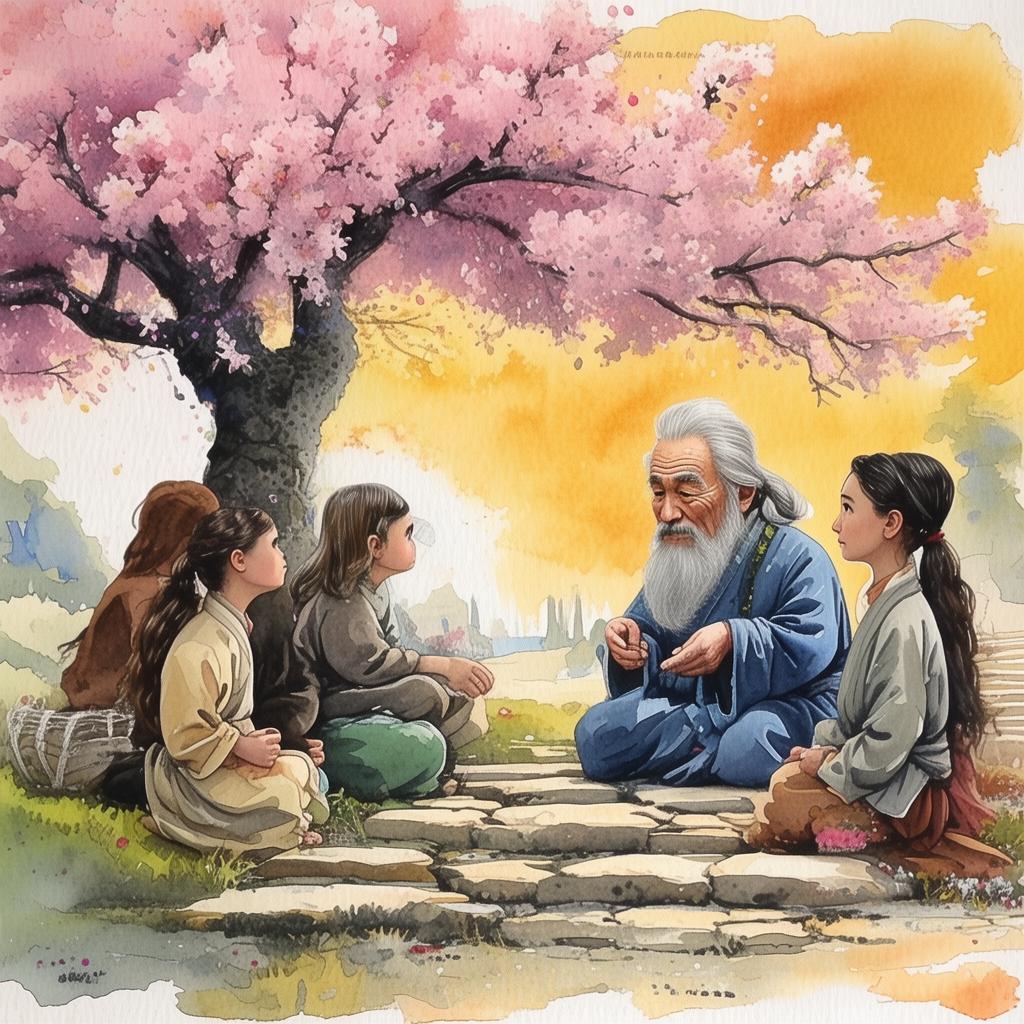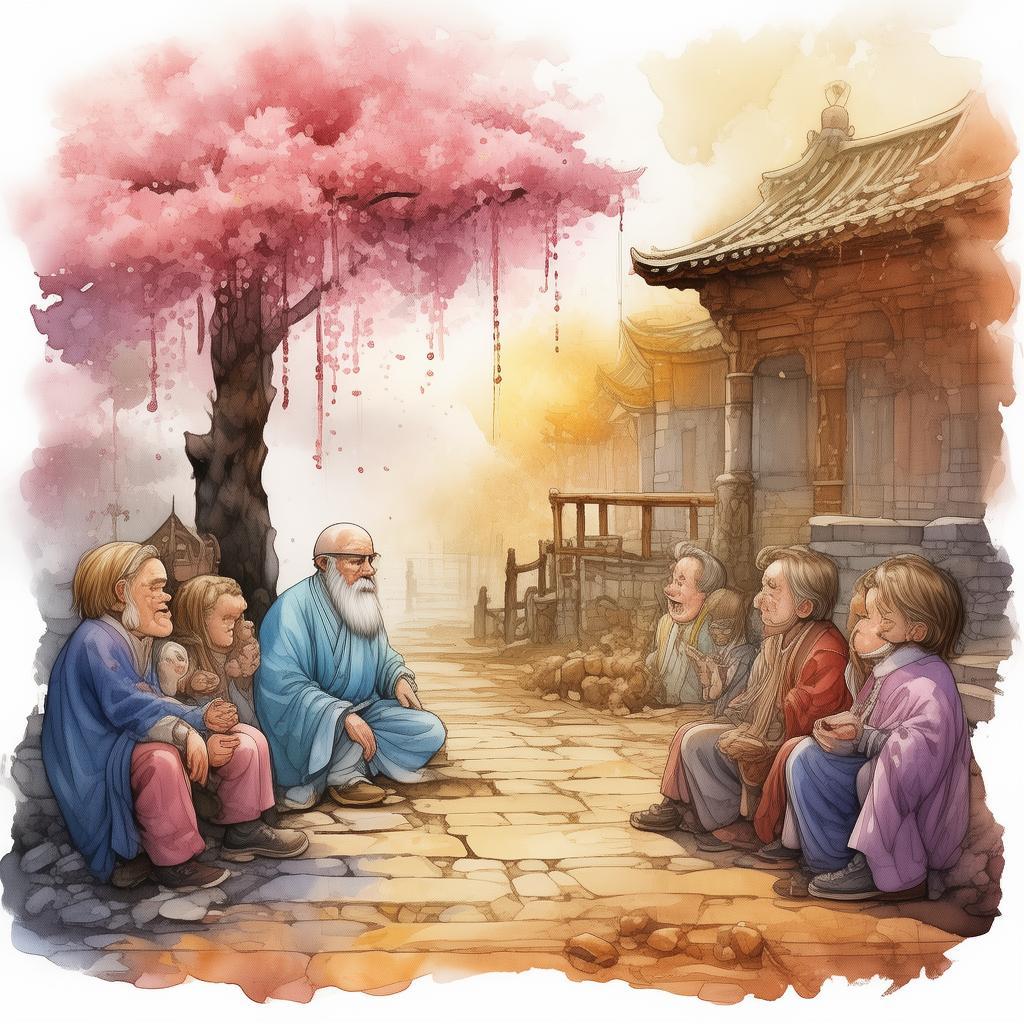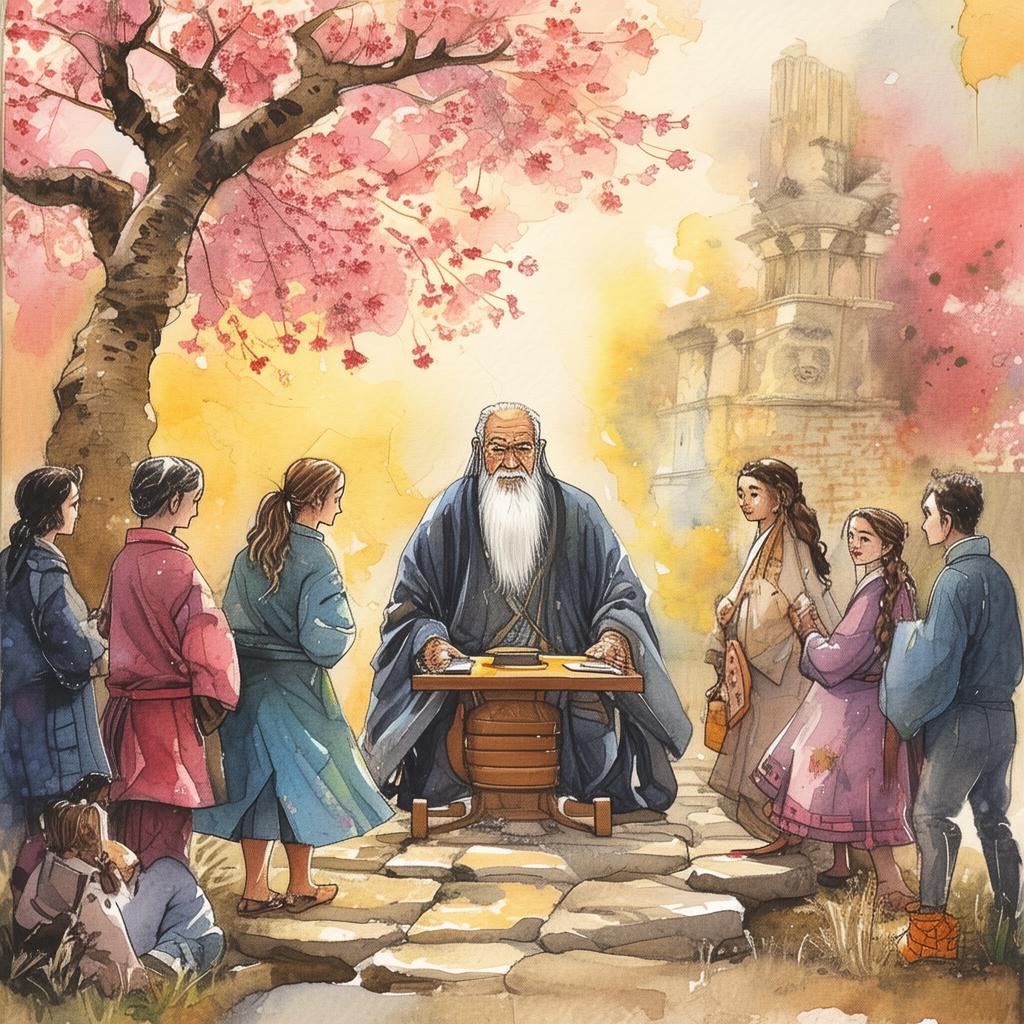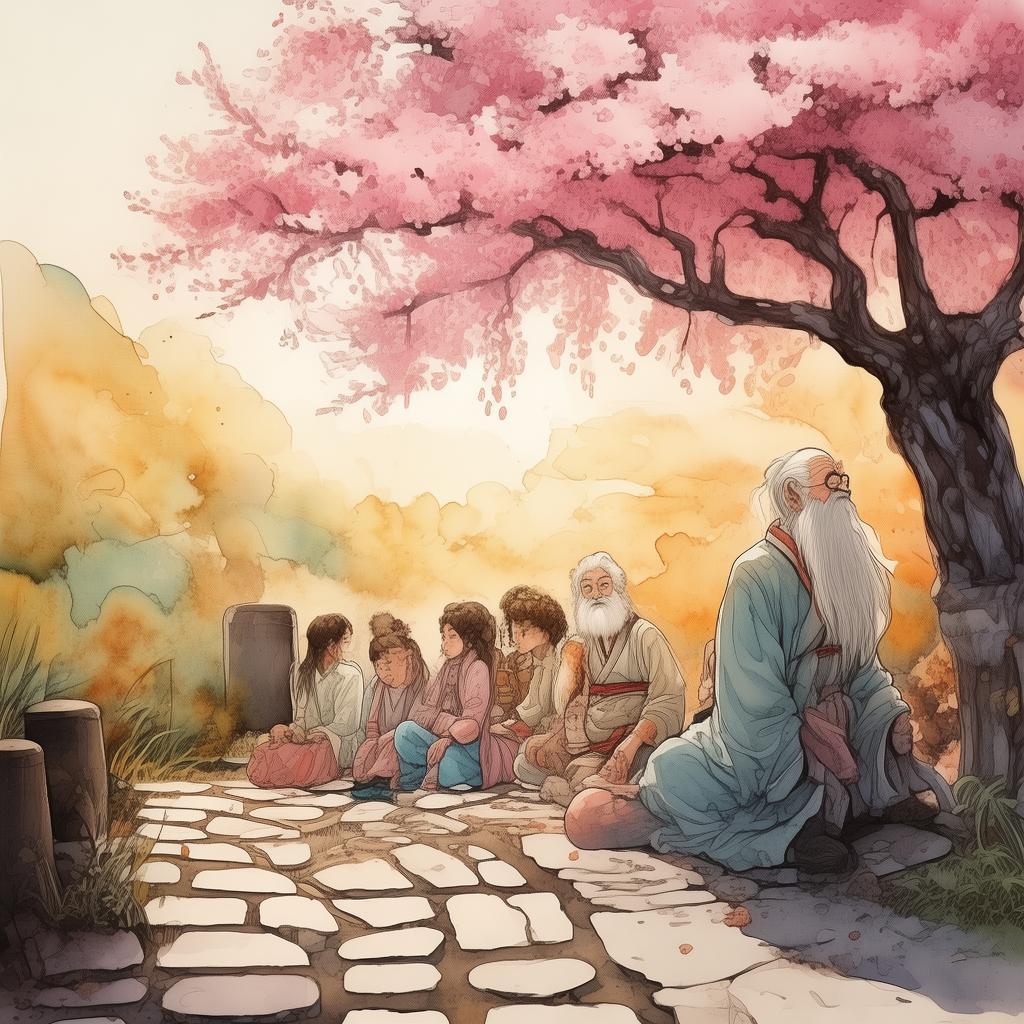The Connoisseur's Conundrum: The Price of a Fake Masterpiece
In the heart of Paris, under the dim light of the moon, the old art gallery, "Le Muse," stood as a silent sentinel to the city's rich history. Its walls, adorned with the masterpieces of the world's greatest artists, whispered tales of passion, creativity, and the allure of the unknown. Among these works, there was one that held a special place in the heart of its most prominent connoisseur, a man named Édouard Leclerc.
Édouard was known far and wide for his exquisite taste and unparalleled ability to discern the authenticity of any artwork. His reputation was as solid as the marble sculptures that lined the gallery's corridors. It was said that if Édouard Leclerc said a painting was real, it was real; if he said it was fake, it was fake.

One evening, as the moonlight filtered through the gallery's high windows, a young and ambitious curator, Camille, approached Édouard with a look of urgency. "Monsieur Leclerc," she whispered, "there is a painting that has arrived, and I am certain it is a forgery. But the donor insists it is the work of a renowned artist, and the price is exorbitant."
Édouard's eyes narrowed, his curiosity piqued. "A forgery, you say? Show me this painting."
Camille led him to a dimly lit room at the back of the gallery, where the painting hung like a ghost. It was a portrait of a woman, her eyes filled with melancholy, her lips painted with a knowing smile. The style was reminiscent of the works of a famous artist from the early 20th century, a man whose name was synonymous with artistry and genius.
Édouard stepped closer, his fingers tracing the delicate brushstrokes. "This," he murmured, "is not the work of that artist. It is a forgery."
Camille's eyes widened. "But the signature is genuine, and the donor has impeccable taste. They cannot be wrong."
Édouard chuckled softly. "The world of art is filled with connoisseurs, collectors, and forgers. They are all playing a game, and the stakes are high. The question is, who is the better player?"
The donor, a wealthy and influential collector named Jacques Dupont, had offered a price that would make the gallery's coffers swell. But to Édouard, the value of the painting was not in its price, but in its authenticity. He knew that if he allowed this forgery to pass, he would be complicit in a deception that could tarnish the reputation of the gallery and the art world itself.
As the days passed, Édouard delved deeper into the mystery of the painting. He discovered that Jacques Dupont had a history of purchasing forgeries, and that the painting was just one of many he had acquired. The more he learned, the more he realized that this was not just a case of a single forgery; it was part of a larger scheme that could potentially bring down the entire art market.
Camille, who had become deeply invested in the case, joined Édouard in his quest for the truth. Together, they faced a series of challenges, from deciphering cryptic messages left by a mysterious informant to outwitting art forgers who were just as skilled as they were.
The climax of their investigation led them to a secret location in the outskirts of Paris, where they discovered a makeshift studio filled with half-finished forgeries and a group of artists who were being paid handsomely to create them. It was then that Édouard and Camille learned the true identity of the forger: a respected art historian who had been driven to fraud by financial desperation.
The moral dilemma of the value of art versus the value of honesty weighed heavily on Édouard's mind. He knew that he had to choose between his duty to the art world and his compassion for a man who had fallen prey to the allure of money.
In the end, Édouard made his decision. He exposed the forger, ensuring that the art world would not be fooled by the false masterpieces. The gallery's reputation remained untarnished, and the truth was set free.
The story of Édouard Leclerc and the Fake Masterpiece became a legend in the art world, a tale of the price of honesty and the power of truth. It served as a reminder that the value of art is not just in its beauty, but in the integrity of the artist and the connoisseur who appreciates it.
And so, as the sun set over Paris, casting its golden light on the walls of "Le Muse," the gallery stood as a testament to the enduring spirit of the true connoisseur, whose dedication to the truth was as valuable as any masterpiece.
✨ Original Statement ✨
All articles published on this website (including but not limited to text, images, videos, and other content) are original or authorized for reposting and are protected by relevant laws. Without the explicit written permission of this website, no individual or organization may copy, modify, repost, or use the content for commercial purposes.
If you need to quote or cooperate, please contact this site for authorization. We reserve the right to pursue legal responsibility for any unauthorized use.
Hereby declared.
